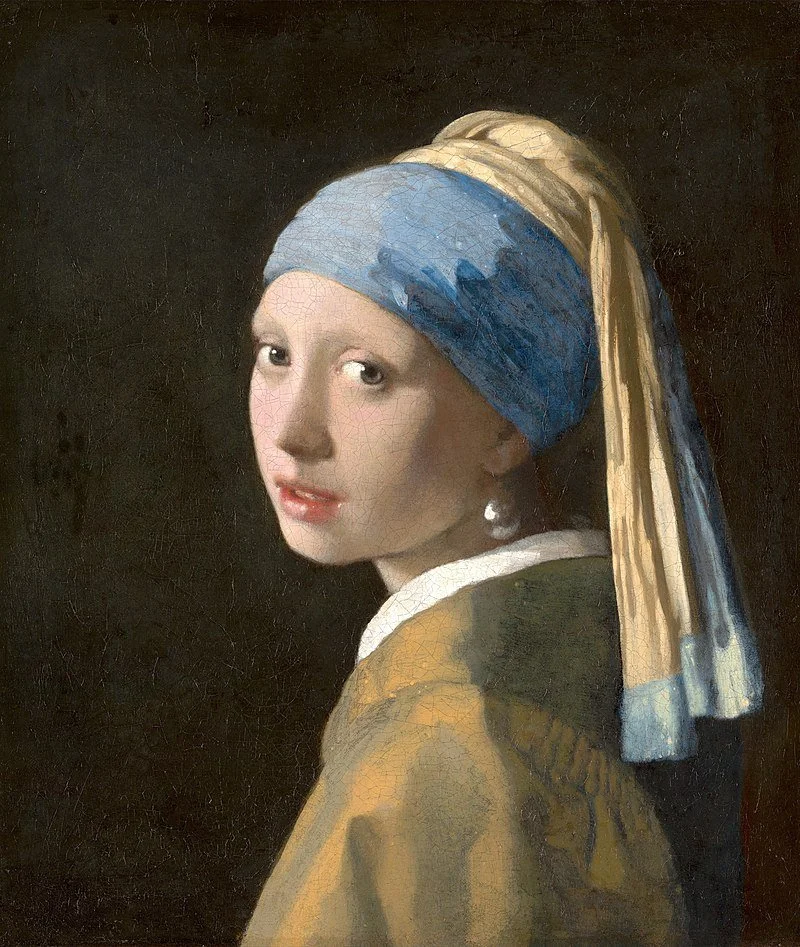Baroque Art
Baroque art took place around 1600-1700.
The movement came as a result of the Council of Trent. The Council of Trent declared that religious art would not just educate but stir extreme emotion full of emotions and detail; it was to influence and propagate the Catholic church.
When Identifying Baroque Art, here are some things to look for:
Images are direct, obvious, and dramatic
Tries to draw the viewer in to participate in the scene
Depictions feel physically and psychologically real. Emotionally intense.
Extravagant settings and ornamentation
Dramatic use of color
Dramatic contrasts between light and dark, light and shadow
As opposed to Renaissance art with its clearly defined planes, with each figure placed in isolation from the other. Baroque art has continuous overlapping of figures and elements.
Common themes: grandiose visions, ecstasies, and conversions, martyrdom and death, intense light, intense psychological moments
Renaissance Art and Baroque Art
David
Artist: Michelangelo
Date: 1501-1504
Medium: Marble
Period: Renaissance
Location: Accademia Gallery Florence
David
Artist: Bernini
Date: 1623
Medium: Marble
Period: Baroque
Location: Borghese Gallery, Rome
These statues are great examples of the differences between Renaissance and Baroque Art. Both are the same subject, but you can see Michelangelo’s perfection of Davids's body with such accuracy gives him a God-like feeling of divinity that is beautiful but cold and distant like the marble it is carved from. Benini’s David's twisted body and the extreme emotions on his face draw you into the battle. He portrays David as more human than God.
One of my new favorite Art Pieces from the Baroque Area
Judith Beheading Holofernes
Artist: Artemisia Gentileschi
Date: 1620
Medium: Oil on Canvas
Period: Baroque
Location: Uffizi Gallery, Florence
The Artist
Artemisia Gentileschi
She was born July 8, 1593, in Rome, Italy. She was the daughter of the famous painter Orazio Gentileschi. She was the first woman to join Florence's Accademia Di Arte Del Disegno. A woman ahead of her time, she stood up for women’s rights and paved the way for future feminists.
When you read about the life of Artemisia, this painting takes on a new level of amazement. She was a survivor, raped at age 17 by her painting tutor, enduring a very public scandalous trial where she was tortured to ‘prove’ she was telling the truth. She was powerful. Despite the odds, Artemisia became one of the most famous women painters of her time. (Williams)
Art Elements
When I first saw the painting of Judith and Holofernes, it was horrific. I was a bit disgusted and terrified. I had no idea who Judith was and why she cut off this man’s head. This painting brought out some emotions in me. It is textbook Baroque style. It is theatrical and grandiose. I wouldn’t hang this painting in my house, but I would use it as a mantra to invoke strength in me and other women.
Value
The dark background makes the eyes focus on the highlights of Judith's arm as she slices the head of Holofernes, the general. (Craven)
Color
The dramatic color contrast of the red blood on the white sheets.
Emotions
The faces in this painting are incredibly emotional. It is even more intriguing when you realize Artemisia has painted herself as Judith. The look on her face as she slices her enemy's head off. She is strong. She takes matters into her own hands and defeats her abuser.
As a survivor myself, you can see how much emotion she put into this painting.
It must have been therapeutic for her to paint because it is for me to look at.
My Other Favorite Baroque Works of Art





